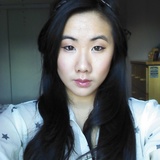Find Class Notes for ANP 1105 at UOttawa
To receive alerts about ANP 1105 at UOttawa class notes, search now
Class Notes for ANP 1105
Out of 300+ Class NotesAbout UOttawa
Class Notes contributors for ANP 1105
82 Class Notes contributors
Upload your study documents today and earn recurring revenue or sitewide access! Learn more
